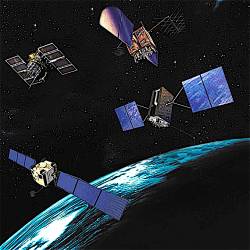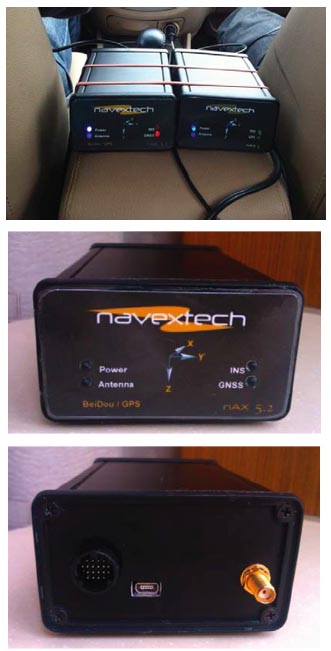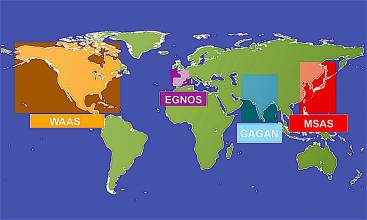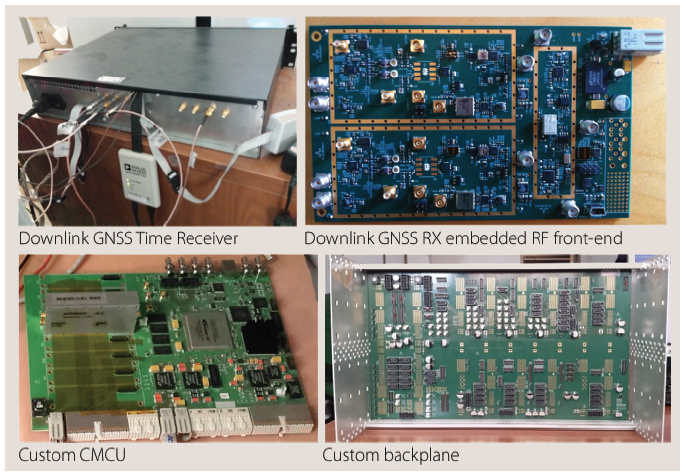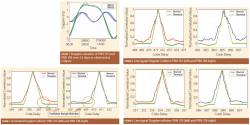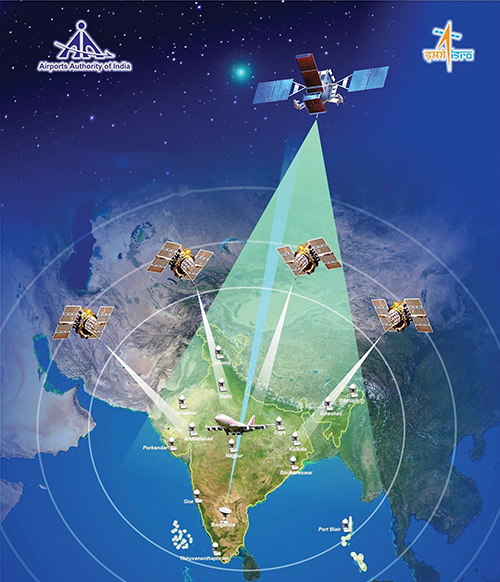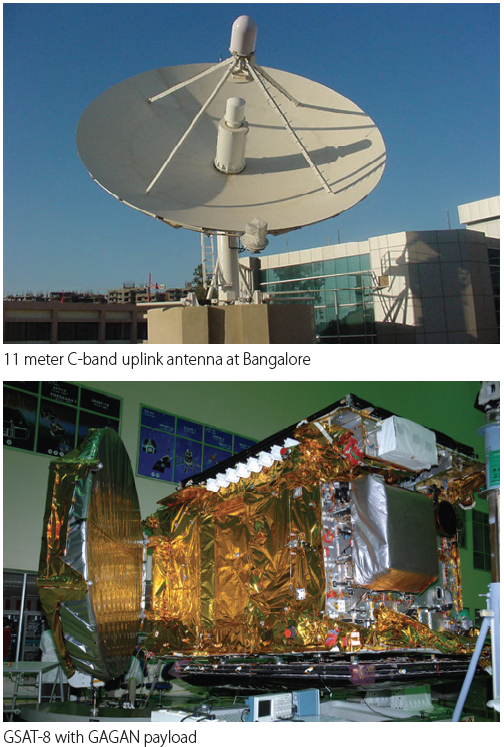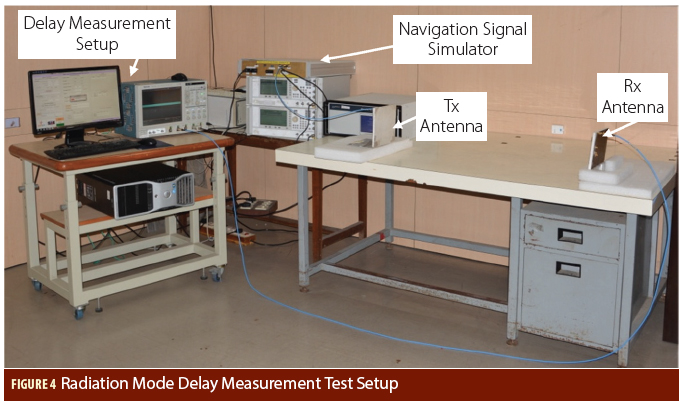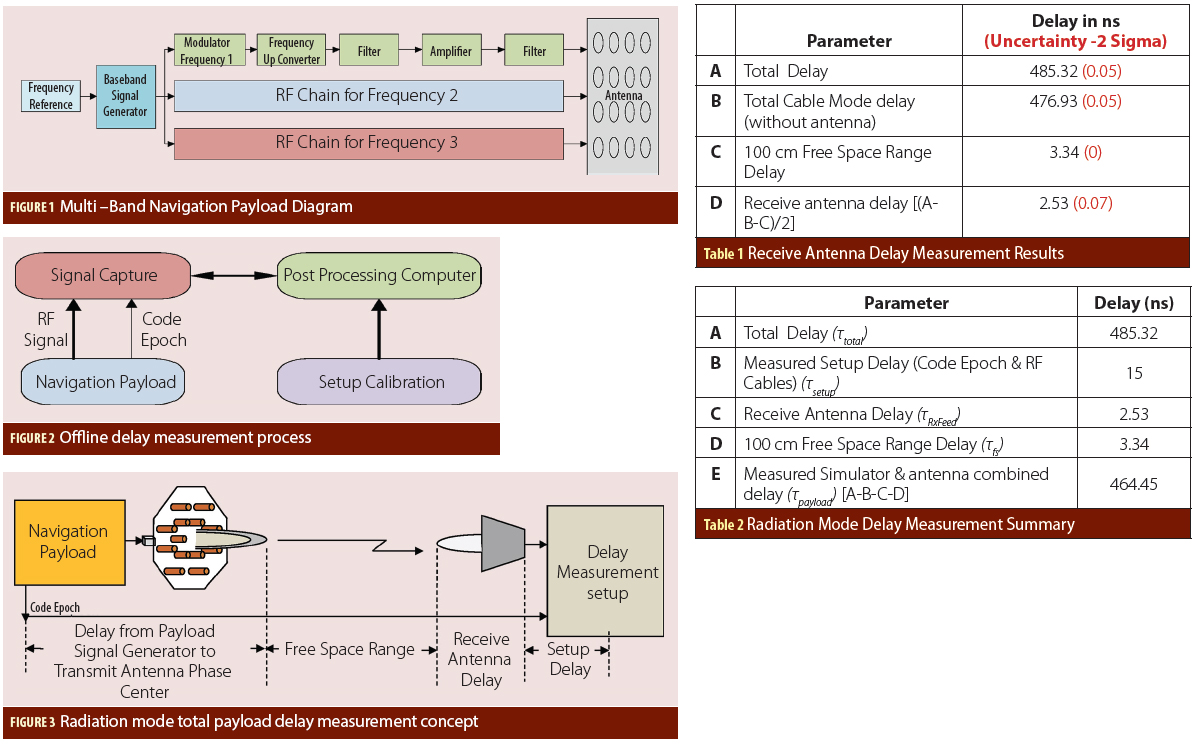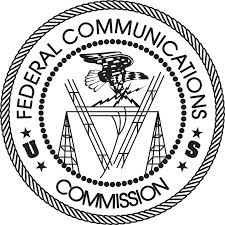SwiftNav Releases Specs on UAV-Focus GNSS Receiver Platform
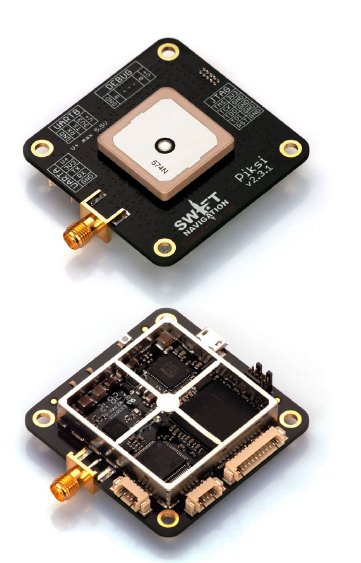 Swift Navigation’s Piksi GPS receiver
Swift Navigation’s Piksi GPS receiverHaving started out with a crowd source–funded launch through Kickstarter followed by two rounds of more conventional venture capital backing — $2.6 million in 2014 and another $11 million last December — San Francisco, California–based Swift Navigation is going after a low-cost, high-precision market such as unmanned aerial vehicles (UAVs) with its Piksi GPS receiver platform.
By Inside GNSS
